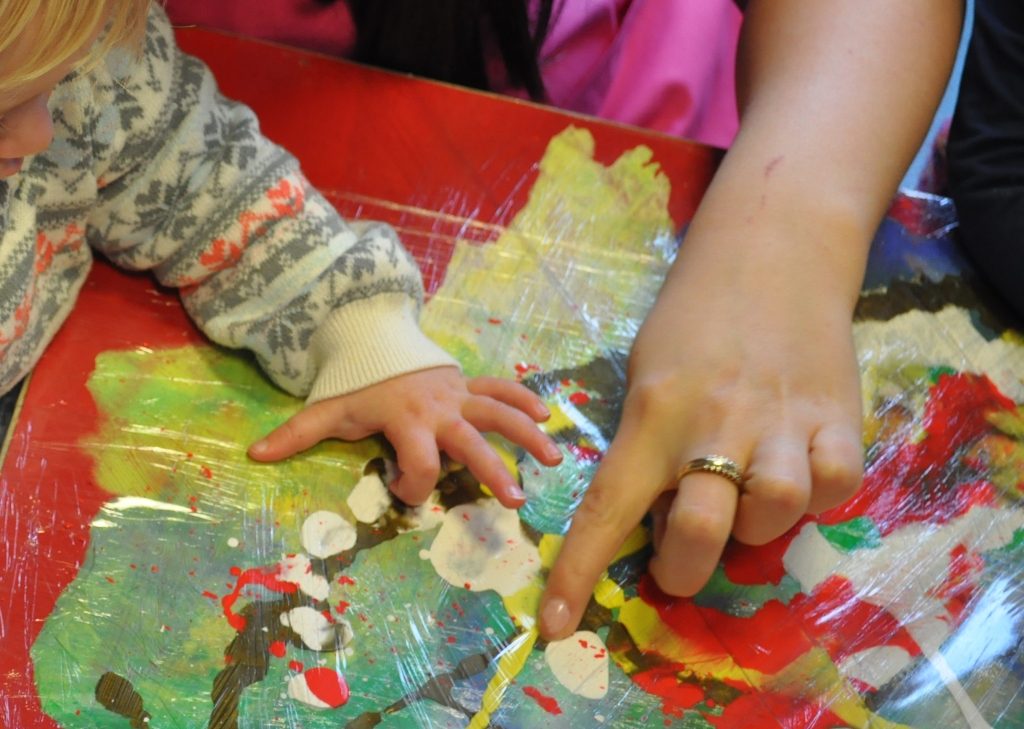How can practitioner’s support children who are less reluctant to join in messy activities
Messy activities can be unappealing to some children, through fear of getting messy. Some children do not like the feeling of particular resources such as sand or paint on their fingers and for this reason they will avoid these types of activities. It is a good idea to observe these children to discover the reason for not wanting to join in and also find out the areas they do enjoy exploring so you can possibly incorporate some mark making into that area instead.
Creative development is an important aspect of children’s development, supporting skills such as handwriting through early mark making skills. So how can children who do not enjoy getting messy access these activities?
Provide some alone time
Some children will observe other children exploring messy play and not want to get involved. This could be due to a bad experience of getting messy with others so it is a good idea to offer the activity to the child on their own. The child may still not want to participate, but leaving the option for play open may encourage some children to approach it on their own terms.
Have aprons at the ready
Some children that do not like to get messy can feel more comfortable if wearing an apron to protect them. Some setting can even offer plastic gloves for the children to wear when exploring a messy activity, and this can help a child to feel in control and able to stay clean and dry. Aprons that the children can access and put on independently are a great way to promote independence and decision making.
Offer alternative methods
Activities such as vegetable printing or cornflour play can be messy and involve touching the materials with your hand. Offer children the opportunity by adjusting the tools offered. Lolly pop sticks or forks stuck into the vegetables provide children with a handle to hold, limiting the amount of paint to touch their fingers. Messy trays containing food or wet sand can also put some children off, so ensure there are a range of tools that can be used to manipulate the materials such as large wooden spoons or spades.
Sensory bags
Sensory bags are a great way to encourage mark making skills without getting messy. Simply pour a small amount of paint into a sandwich bag and tightly seal the bag. Children are able to make patterns or marks in the paint by pushing their finger around the bag on a flat surface. Materials such as cornflour can also be added to the bag giving a different texture to mould or make patterns in. Another way of doing this is to place paint in between two shower curtains and sellotape the edge to the floor.
Incorporate the Child’s interest
Using areas that the child enjoys exploring can help them to cope with messy activities. Offering small amounts of play dough or train track printing can encourage a child to explore the activity in a comfortable environment, getting them used to trying different things. Starting with something familiar often encourages children to join in.
If anybody has any other suggestions please feel free to share them with us.

